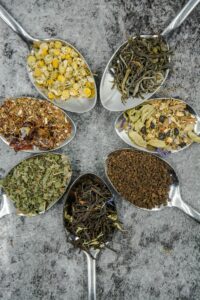Patients of all ages are at risk of infection due to SARS-CoV-2 and its recurrently developing variations, the most recent of which includes the Omicron sublineages. These variations show how easily this deadly virus may adapt to antigenic alterations in its spike (S) protein without compromising its capacity for reproduction and immune evasion. Finding powerful antivirals to attack COVID-19 is therefore essential.
In order to find the best hits against the SARS-CoV-2 S glycoprotein, researchers in the current study screen 1,509,984 feature-rich compounds in the small molecule databases of the UH Research Computing Data Centre. In cell-based experiments, the top 15 compounds that interfered with the interaction between the S protein and its host cell target, the ACE2 receptor, were chosen, assessed, and ranked.
The researchers used cell cytotoxicity assays and infection inhibition drug screening to achieve this. Additionally, the scientists examined how the stability of viral particles changed in the presence of the lead candidate CD04872SC using a Protein Thermal Shift test based on differential scanning fluorimetry (DSF) and a particular fluorogenic dye.
Thermal shift assays measure the range of temperatures at which a protein denatures, providing information about the stability of a protein under various circumstances, for as when it is bound to a drug or is exposed to a range of pHs. A thermal shift test was used in the current investigation to show that CD04872SC binds to the S glycoprotein of different SARS-CoV-2 variants.
Several of the chemicals from the Maybridge and ZINC libraries have positive interactions, according to Molecular Dynamic Simulations, with the ACE-2 receptor binding domain (RBD) interface. One small molecule, CD04872SC, formed the closest association in functional in vitro assays using its amide carbonyl and the backbone N of GLY169 at a resolution of 3.1 Å. This compound also established hydrophobic interactions with TYR116, TYR172, and TYR162.
CD04872SC exhibited a half-maximal effective concentration (EC50) of 248 μM and was found to inhibit infection with the SARS-CoV-2 Delta and Omicron variants with EC50 values of 152 μM and 308 μM, respectively. In cell cytotoxicity assays, CD04872SC showed no significant cell cytotoxicity within the tested concentrations.










